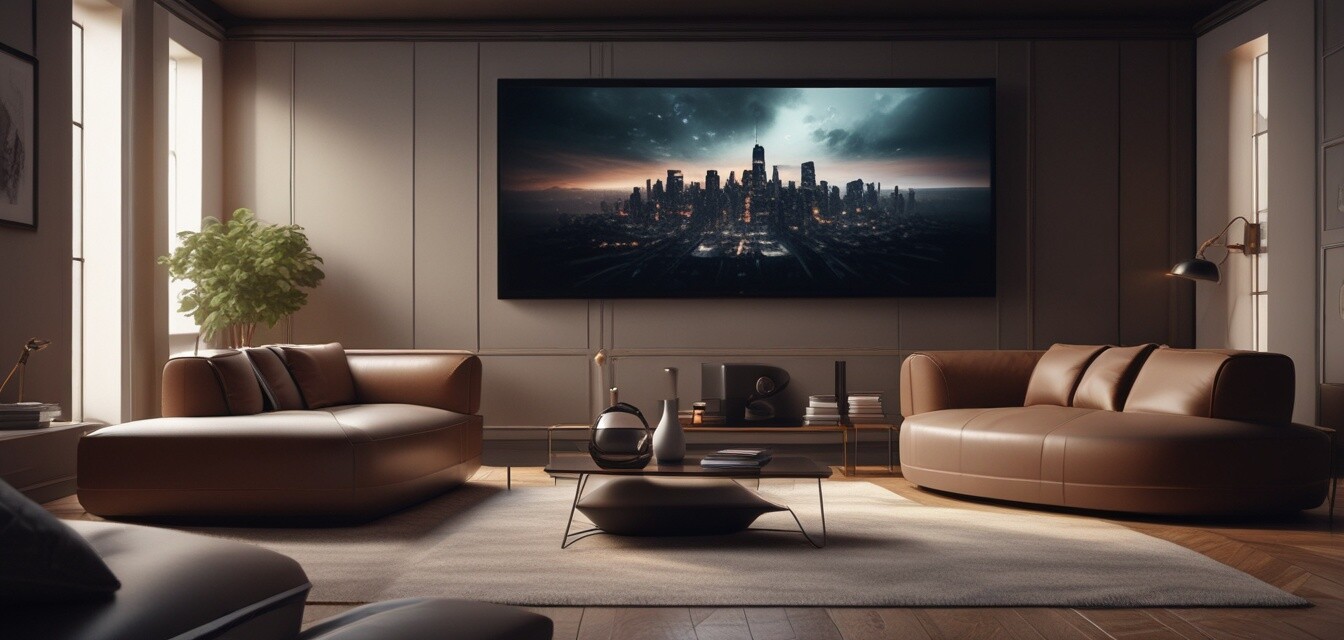
The Rise of Virtual Reality in Home Entertainment
The world of home entertainment is undergoing a transformation, largely powered by advancements in virtual reality (VR) technology. This article delves into the growing role of VR in home entertainment and what it means for high-end home theater systems. As enthusiasts embrace innovative ways to engage with content, VR has emerged as a notable force shaping the future of home viewing experiences.
Key Takeaways
- Virtual reality enhances immersion in home entertainment.
- VR technology is becoming more affordable, making it accessible to more consumers.
- Integration with existing home theater systems is increasingly common.
- VR offers unique applications in gaming, movies, and social experiences.
- Stay updated with the latest VR developments in the home entertainment sector.
The evolution of virtual reality technology
Virtual reality technology has come a long way since its inception. Initially expensive and primarily used in niche fields like aviation and military training, it has now evolved into an affordable entertainment and social tool. Several innovations have fueled this rise:
- Advancements in headsets: High-definition displays, improved tracking systems, and ergonomic designs have enhanced user experiences.
- Content variety: A growing library of VR games, films, and social platforms caters to a wide audience.
- A decrease in costs: The prices of VR headsets and peripherals have dropped significantly, attracting more users.
How virtual reality is changing home entertainment
Virtual reality is reshaping how consumers engage with various forms of entertainment. Let’s explore some of the key areas impacted:
| Area of Impact | Description |
|---|---|
| Gaming | Immersive experiences that allow players to interact with the virtual world in unprecedented ways. |
| Movies | Films shot specifically for VR create an unparalleled viewing experience that makes audiences feel part of the action. |
| Social Interaction | Platforms allow users to gather in virtual environments, engaging with friends and new contacts. |
Integration with existing home theater systems
As VR technology finds a place in home entertainment, integrating it with existing systems has become essential. Home theater receivers, smart home integration, and high-quality speakers enhance the overall VR experience.
Many consumers are exploring how virtual reality can be incorporated into their current setups. For more details on high-end home theater receivers and installation tips, check our Home Theater Receivers page and our Setup Tips section.
The future of virtual reality in home entertainment
The potential for VR in home entertainment is vast. As technology continues to develop, we can expect various trends to emerge:
- Increased collaboration between tech companies and content creators.
- Enhanced sensory experiences through haptic feedback and augmented reality features.
- More users adopting VR as a standard gaming and viewing option.
Challenges to widespread adoption
Despite its potential, several challenges could hinder the rapid adoption of VR technology:
- Physical space considerations: Users need adequate space to move around safely while using VR.
- Content availability: A broader range of high-quality content is necessary to fully engage users.
- Health concerns: Some users experience discomfort or motion sickness when using VR for extended periods.
Pros
- Immersive experiences that truly engage users.
- Expanded social interaction through virtual platforms.
- Continuous technological advancements leading to improved quality.
Cons
- Potential discomfort after prolonged use.
- Initial costs can still be a barrier for some consumers.
- Limited content offerings compared to traditional media.
Conclusion
The rise of virtual reality in home entertainment represents a significant leap in how consumers engage with their media. As technology evolves and becomes more integrated into current home systems, it will offer innovative ways to enjoy gaming, films, and social interactions. Staying informed about the latest advancements will be crucial for enthusiasts wanting to take advantage of this growing trend.
To keep updated on the most recent developments in high-end home theater technology, visit our News and Trends section.

